
Cooking helps in the absorption of certain vegetables by breaking down tough cell walls and reducing anti-nutritional factors like oxalic acid. This process makes nutrients like vitamins, minerals, and antioxidants more bioavailable. By improving nutrient absorption, cooking can make these vegetables healthier and more beneficial for the body, supporting functions like immune response, vision, and bone health, and reducing the risk of chronic diseases. In this article, we discuss a list of vegetables you can cook to enhance their nutrient absorption.
Cooking these vegetables can enhance nutrient absorption
1. Spinach
Cooking spinach breaks down its oxalic acid content, which can bind to minerals like calcium and iron, reducing their absorption. Heat reduces the oxalic acid, making these minerals more available. Improved absorption of these nutrients helps with red blood cell production, bone health, and immune function.

Photo Credit: iStock
2. Tomatoes
Cooking tomatoes significantly increases the availability of lycopene, an antioxidant. Heat breaks down the cell walls, releasing more lycopene. Lycopene has been linked to reduced risks of heart disease and certain cancers.

Photo Credit: iStock
3. Carrots
Cooking carrots enhances the bioavailability of beta-carotene, a precursor to vitamin A. Heat breaks down the tough cellular matrix, releasing more beta-carotene. Vitamin A is crucial for vision, immune function, and skin health.
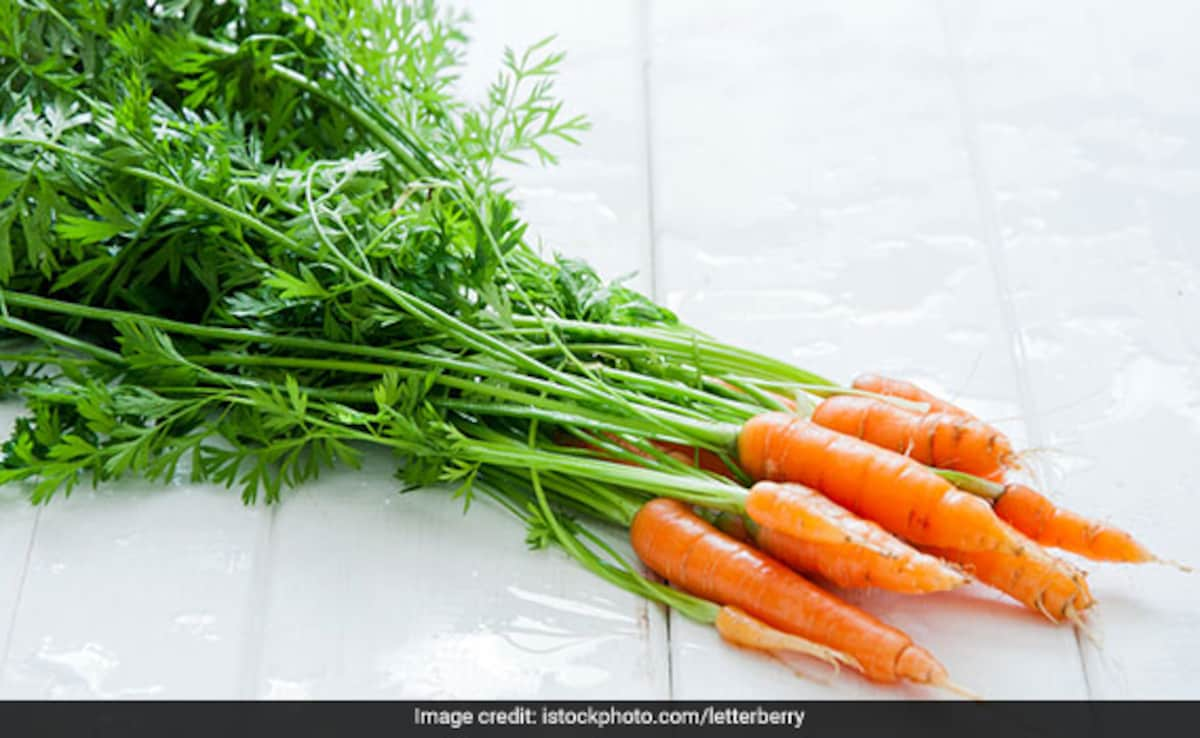
Photo Credit: iStock
4. Asparagus
Cooking asparagus helps break down its fibre content, making it easier to digest and increasing the absorption of vitamins A, C, and E, and folate. Asparagus supports digestive health, immune function, and cell growth. It is also a good source of antioxidants, which protect cells from damage.
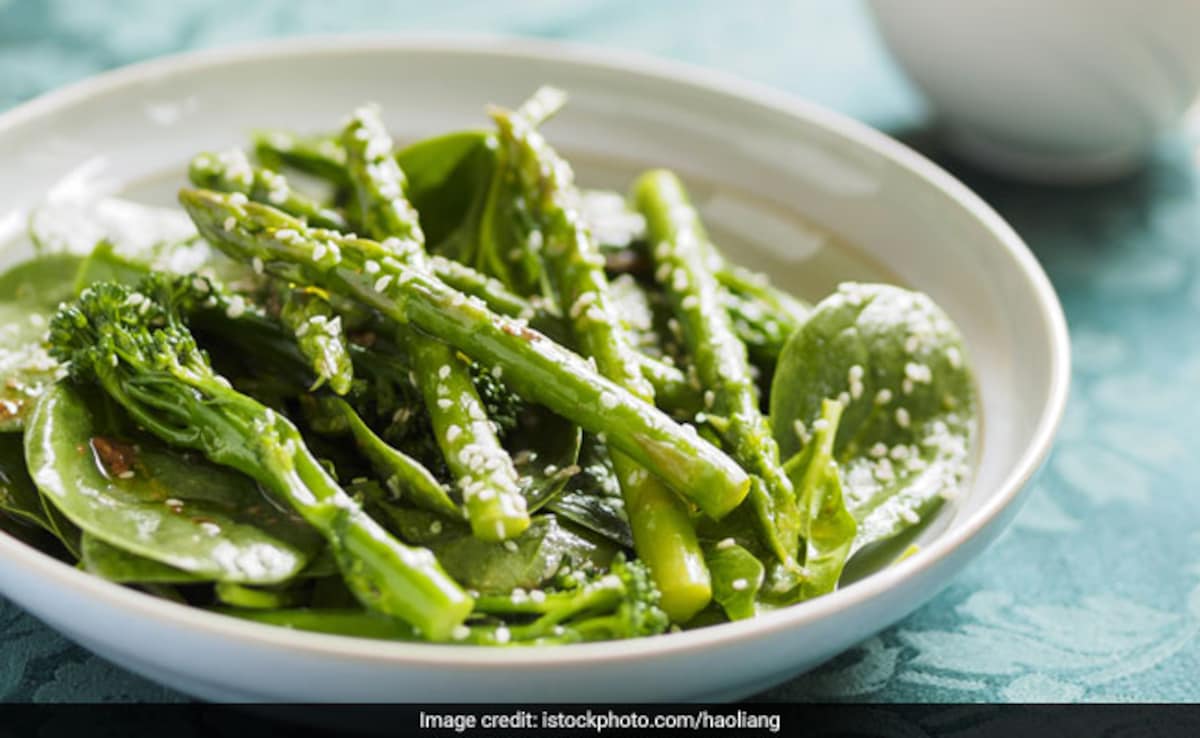
Photo Credit: iStock
5. Mushrooms
Cooking mushrooms breaks down their tough cell walls, enhancing the availability of nutrients like B vitamins and minerals such as selenium, copper, and potassium. Mushrooms support immune function, nerve health, and antioxidant defences. They also contain ergothioneine, a unique antioxidant and anti-inflammatory compound.
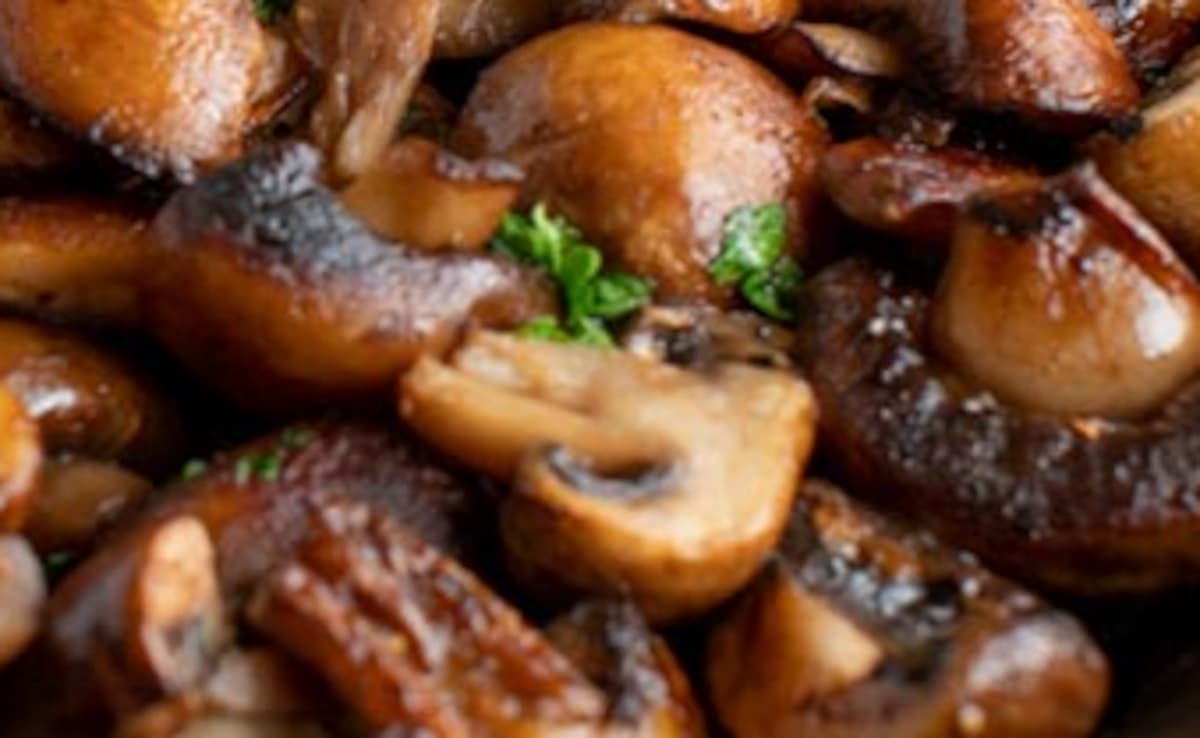
Photo Credit: iStock
6. Bell peppers
Cooking bell peppers increases the bioavailability of carotenoids like beta-carotene and lutein, which are important for eye health. Bell peppers are rich in vitamins A and C, folate, and fibre.

Photo Credit: iStock
7. Kale
Cooking kale reduces its oxalic acid content and enhances the absorption of calcium and iron. It also makes the tough leaves easier to digest. Kale is a nutrient-dense vegetable rich in vitamins A, C, and K, as well as calcium and fibre.
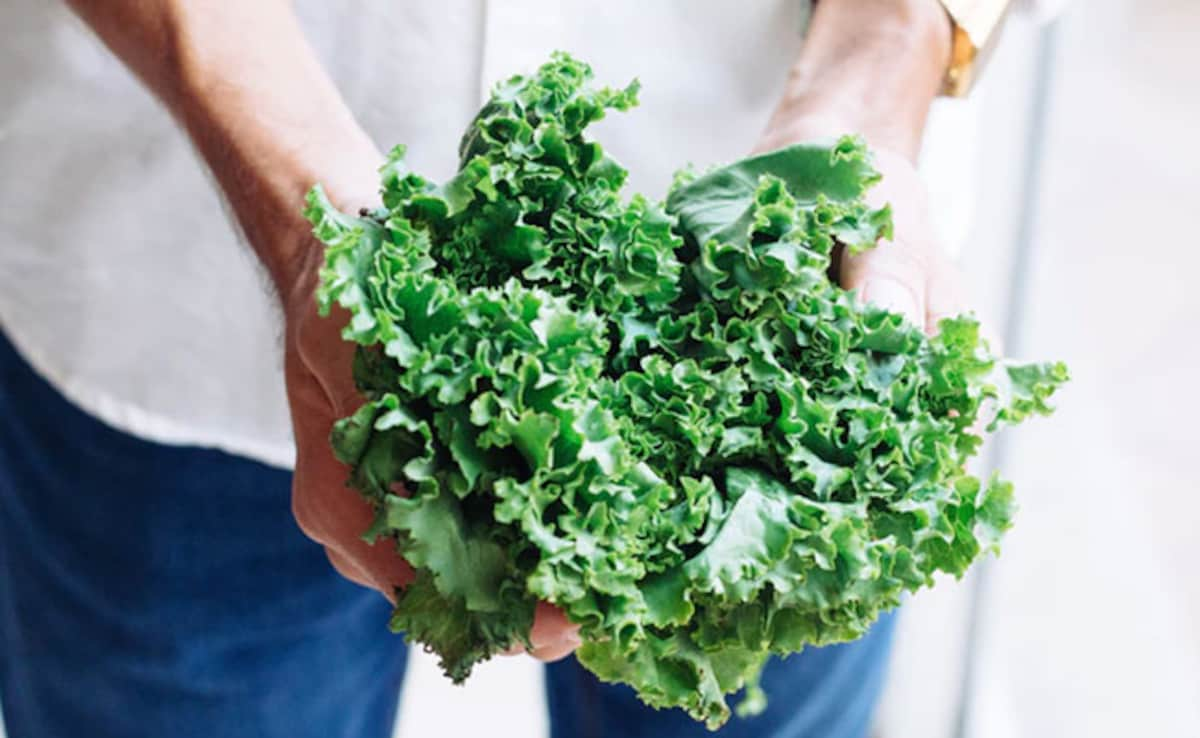
Photo Credit: iStock
8. Sweet potatoes
Cooking sweet potatoes increases the bioavailability of beta-carotene. The heat helps break down the cell walls, releasing more of this important nutrient. Sweet potatoes are high in vitamins A and C, manganese, and fibre.
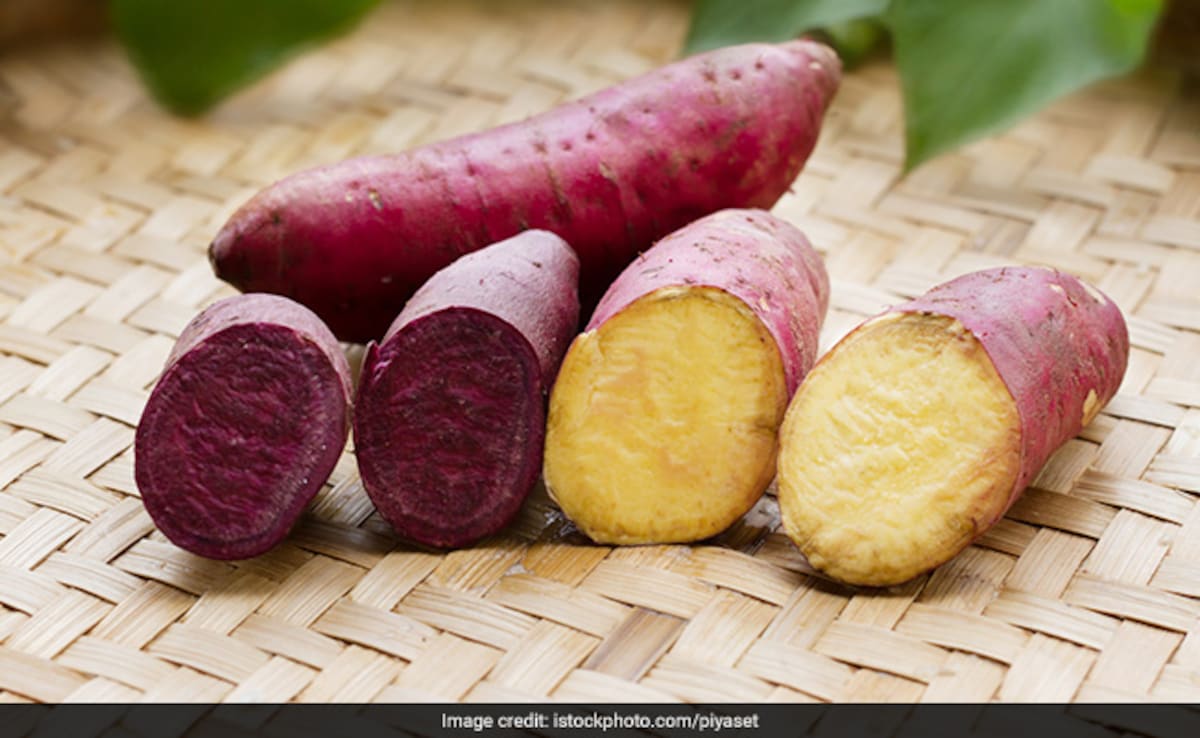
Photo Credit: iStock
9. Broccoli
Lightly cooking broccoli enhances the availability of compounds like sulforaphane, which has anti-cancer properties. Steaming is particularly effective. Broccoli is rich in vitamins C and K, fibre, and folate.

Photo Credit: Photo: iStock
10. Zucchini
Cooking zucchini helps break down its fibre, making it easier to digest and enhancing the absorption of antioxidants like lutein and zeaxanthin. Zucchini supports eye health, immune function, and digestion.

Photo Credit: iStock
In summary, cooking these vegetables helps break down cell walls, reduce anti-nutritional factors like oxalic acid, and enhance the bioavailability of essential nutrients. This improved nutrient absorption contributes to various health benefits, including better immune function, eye health, bone health, and reduced risk of chronic diseases.
Disclaimer: This content including advice provides generic information only. It is in no way a substitute for a qualified medical opinion. Always consult a specialist or your doctor for more information. NDTV does not claim responsibility for this information.
Track Latest News Live on NDTV.com and get news updates from India and around the world

